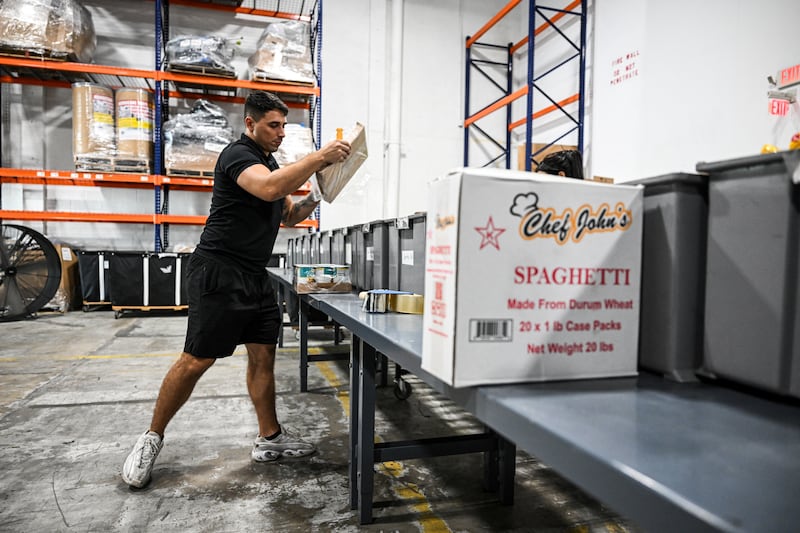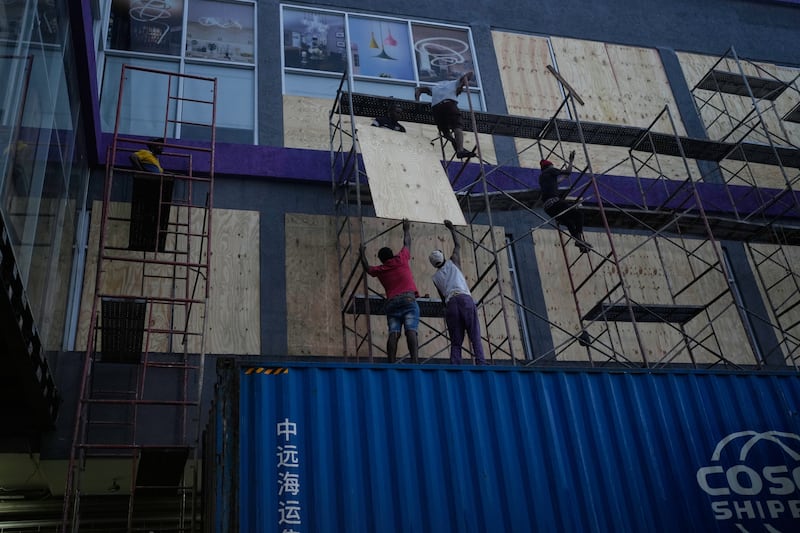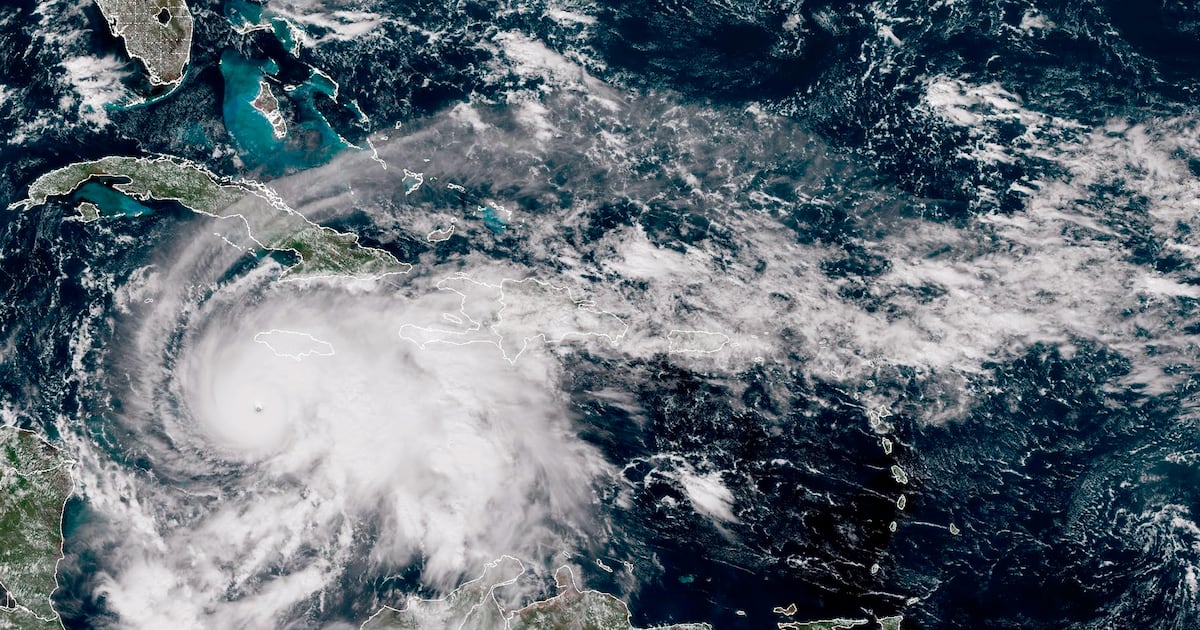Hurricane Melissa has made landfall in Jamaica as a Category 5 storm, one of the most powerful ever recorded in the Atlantic basin.
The storm struck the island after the US National Hurricane Centre, which monitors Atlantic storms, said it had maximum sustained wind speeds of 295 km/h.
Widespread devastation to the island is expected, and authorities have ordered mandatory evacuations.
Melissa is the second Atlantic storm ever to make landfall with such strong winds. The only other storm to reach such wind speed at landfall occurred before hurricanes were officially named and was known as the “Labor Day Hurricane” of 1935, which killed hundreds and caused serious damage in the Florida Keys.
“It’s a catastrophic situation expected in Jamaica,” the World Meteorological Organisation’s tropical cyclone specialist Anne-Claire Fontan told a Geneva press briefing. “For Jamaica, it will be the storm of the century for sure.”
Storm surges of up to four meters were expected, she said, with rainfall set to exceed 70cm, causing “catastrophic flash flooding and landslides,” she said.
The US National Hurricane Centre (NHC) expects the storm to hit Jamaica on Tuesday, and then cross eastern Cuba to move over the Bahamas and Turks and Caicos by Wednesday.
Hurricane Melissa has begun lashing Jamaica with violent gusts as the US National Hurricane Center upgraded it to a Category 5 storm
The hurricane’s slow movement over unusually tepid Caribbean water had contributed to its ballooning size and strength, NHC forecasters said, threatening Jamaica with days of never-before-seen catastrophic winds and rain.
The International Federation of the Red Cross said up to 1.5 million people in Jamaica were expected to be directly affected by the storm.
“Today will be very difficult for tens of thousands, if not millions of people in Jamaica,” the Red Cross’s Necephor Mghendi said via video link from Port of Spain in Trinidad and Tobago.
“Roofs will be tested, flood waters will rise, isolation will become a harsh reality for many.”
To enable swift relief distribution, essential items – tarpaulins, hygiene kits, blankets and safe drinking water – had been pre-positioned in Red Cross branches on the island, he said, with more than 800 shelters set up for evacuees.
 Volunteers assemble relief packages ahead of Hurricane Melissa at the Global Empowerment Mission headquarters in Miami, Florida. Photograph: Chandan Khanna/AFP via Getty Images
Volunteers assemble relief packages ahead of Hurricane Melissa at the Global Empowerment Mission headquarters in Miami, Florida. Photograph: Chandan Khanna/AFP via Getty Images
On Monday, prime minister Andrew Holness ordered mandatory evacuations for parts of southern Jamaica, including the historic town of Port Royal.
He warned of damage to farmlands, homes and infrastructure on the island, which is roughly the size of Connecticut and whose main airports sit close to sea level.
“There is no infrastructure in the region that can withstand a Category 5,” he said.
Mr Holness said his government was as prepared as can be, with an emergency response budget of $33 million and insurance and credit provisions for damage a little larger than that sustained from last year’s devastating Hurricane Beryl.
Beryl was the earliest and fastest Atlantic hurricane on record to reach Category 5, but scientists warn that storms are becoming stronger faster as a result of climate change warming ocean waters.
“Slow-moving major hurricanes often go down in history as some of the deadliest and most destructive storms on record,” said AccuWeather chief meteorologist Jonathan Porter. “This is a dire situation unfolding in slow motion.”
 Workers board up shop windows ahead of Hurricane Melissa’s forecast arrival in Kingston, Jamaica. Photograph: Matias Delacroix/AP
Workers board up shop windows ahead of Hurricane Melissa’s forecast arrival in Kingston, Jamaica. Photograph: Matias Delacroix/AP
Damian Anderson, a teacher from Hagley Gap, a town nestled in Jamaica’s Blue Mountains, said on Monday impassable roads had already cut off his community.
“We can’t move,” Anderson (47), said. “We’re scared. We’ve never seen a multi-day event like this before.”
Nearby Haiti and the Dominican Republic have faced days of torrential downpours leading to at least four deaths, authorities said.
“Melissa will continue to track towards South Cuba and then the Bahamas, bringing again, a lot of rain and destructive wind as well as storm surges,” said the WMO’s Fontan.
Bahamian prime minister Philip Davis ordered evacuations for people in southern and eastern parts of the archipelago.
In Cuba, authorities said they had evacuated upwards of 500,000 people from areas vulnerable to winds and flooding. – Reuters
